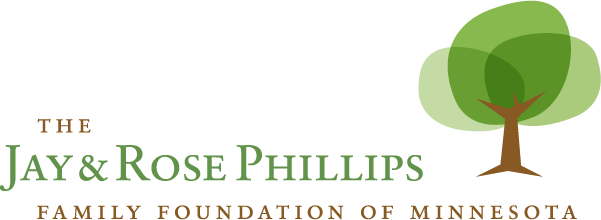by M.L. Kenney, Communications and Fundraising Coordinator at Friendship Academy for the Arts
I grew up in a largely white, upper middle class community, and after high school, I attended a private liberal arts college where many students were from similar backgrounds. Towards the end of college, I became interested in learning more about political theory and political economy, and I took a few classes on these topics.
In these classes, we discussed Marx or Veblen or Milton Friedman or Foucault. As we compared and contrasted theories, I saw students’ political views cementing. We put down roots in the principles we read about, synthesizing the ideologies we were taught to create our own community language. Being in on the conversation made one feel part of something–you could say many of my classmates and I considered ourselves part of a “woke elite,” using sophisticated academic terms to discuss the invisible mechanics with which the oppressor and oppressed functioned together. (Discussion about who had access to these kinds of conversations was rarely on the table.)
Of course, the nature of these classes was largely theoretical, so we weren’t always asking ourselves: What does it really look like to cultivate a life bound up in resisting exploitative practices? And, furthermore, how can we think about what effecting change actually looks like within the systems we’re in, as opposed to just damning it all to hell? How can we both imagine something greater and grapple with reality? When I graduated I knew it was time to move on to that next step.
Luckily for me, I think C3 has done an excellent job at helping our cohort think along these lines. At the very start of the year, we began with a discussion of poverty as something created by a network of larger, more powerful institutions, not an accident or boo-boo for which we, AmeriCorps members, may “serve” to provide a band-aid. It is our responsibility to push for broader change, but in order to do this effectively, it is important that we understand how to ‘work smart’ within the confines of imperfect systems. So we have spent the year learning about things like gentrification in Minneapolis and the nonprofit-industrial complex, but also the particulars of grant writing and community engagement. All of these frameworks and practices are presented as a means of shifting institutional power to communities whose lives are so often circumscribed by the wills of wealthy stakeholders.
I, personally, signed up for a year at Friendship Academy to see what it was really like to work in a school, and to see if I might want to be a teacher. Before this year, I often wondered whether I could survive the land of public education. It’s a place where power struggles and a dearth of resources often yield poor decisions. Furthermore, in these struggles, the people whose lives and livelihoods are most on the line often have the least deciding power. (Not to mention that the work is beyond exhausting.) So I was nervous, especially because I had chosen to work in a charter school–a site of much debate.
In my theory-based college courses, we sometimes came upon libertarian or neoliberal theories on topics like school choice, which were widely dismissed by students and faculty. By extension, I was wary of charter schools. The proponents of school choice I’d learned about in college seemed all too eager to avoid providing children, particularly children of color, with an equitable, publicly funded education, which led them to ‘innovate’ in a new, privatized model where they could profit from a lack of public oversight.
I can’t say that this isn’t ever true in many of the halls of power in our country. The school I work at, though, is culturally affirming to its primarily African-American student body. Staff look like and understand students. Every child is sincerely loved and cared for by every staff member. The academics are rigorous and locally competitive; our students’ proficiency rates on state tests far exceed those of black students in many of our city’s public schools.
When I walk into Friendship Academy each day, I see kids who have cultural and artistic opportunities to celebrate who they are. I see hard work. I see leaders of color orchestrating moments of school community that center the students they serve. I see liberation in practice. I see a rejection of the many overly bureaucratic and oppressive alternatives these students might have faced at other schools. Seeds are being planted. And I know our staff, families, stakeholders, and the communities beyond our walls see these things too.
I see something working. While it’s never perfect, it’s happening. And it is changing me in ways that sometimes surprise me. I have become more adaptable and resilient. While I worried I would become increasingly disillusioned over the course of the year, I’ve found that I’ve been able to renew my lease on hope–just by being here with these amazing students and staff.
Another thing I am finding is a path to the kind of work I want to do. I have decided that, this fall, I will begin applying to residency programs in teaching. Am I scared? Yes. Is this something I feel called to do? Also yes.
To be clear, none of this is a total refutation of what I learned in school. Abolishing the conditions that brought us to where we are right now in the United States–and globally–is an enormous project, and those who are invested in that struggle should be prepared to devote their life’s work to it. On the other hand, we have a responsibility to create and sustain methods for navigating this world in the here and now, whether or not everything is exactly as we’d like it to be. My year at Friendship has just shown me that it’s time to learn more about how theory works in practice. I’m as ready as I’ll ever be.
